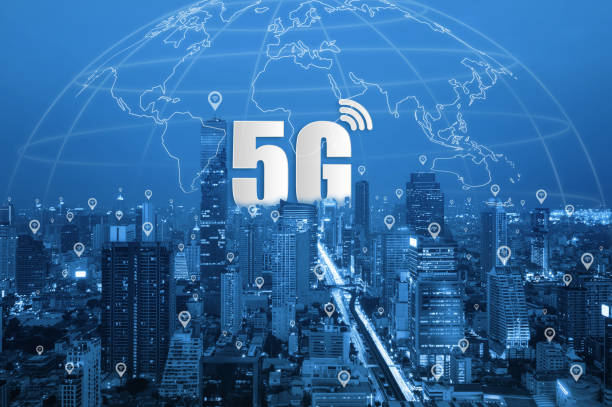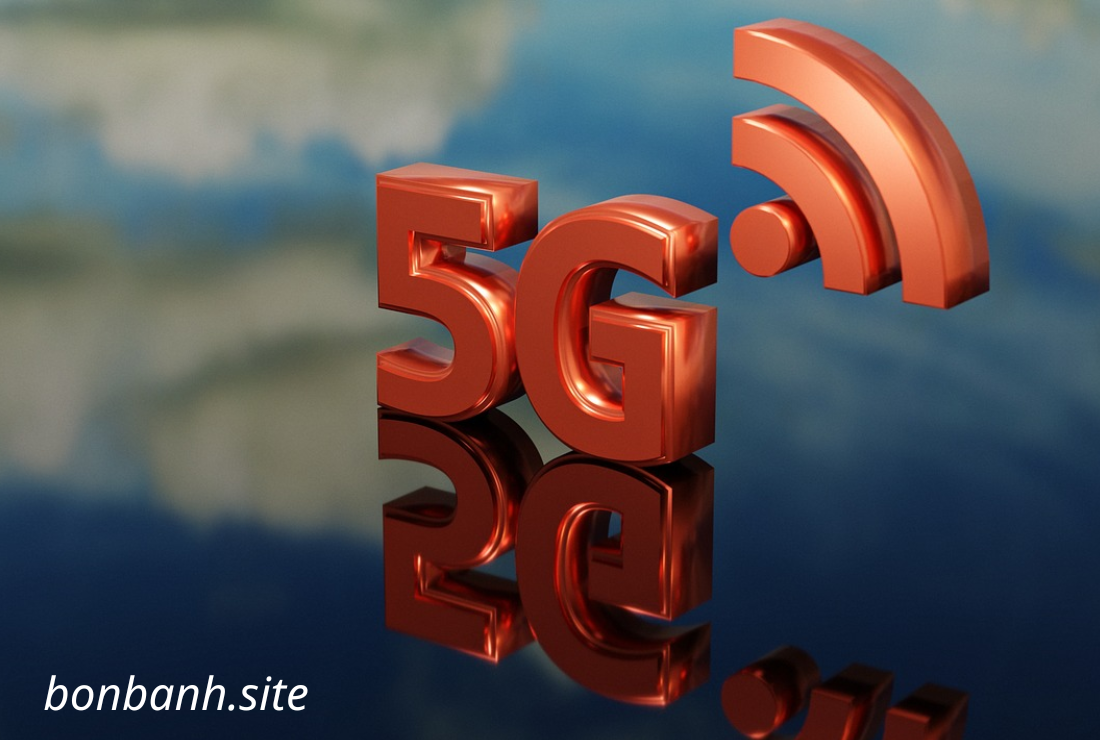5G Network Infrastructure Costs: Analyzing the Financial Investment Required for Deploying Next-Generation Networks
The deployment of 5G networks has become a top priority for telecommunications providers worldwide. 5G technology promises unprecedented data speeds, ultra-low latency, and connectivity for billions of devices. However, building and maintaining the necessary infrastructure is a costly endeavor. This article provides an in-depth analysis of the financial investments required to deploy 5G networks, outlining the key cost drivers and challenges that telecom companies face.
1. Spectrum Licensing Costs
Overview: The first step in deploying 5G is obtaining spectrum licenses, which involve the purchase of specific frequency bands that allow for high-speed wireless communication. Governments auction off these frequency bands, and telecom companies must secure them before they can deploy 5G networks.
- Cost Drivers: Spectrum auction prices are driven by factors such as competition among telecom companies, the scarcity of available spectrum, and the specific frequency band being auctioned. High-demand frequency bands, particularly those in the mid- and high-frequency ranges, can fetch billions of dollars.
- Global Examples: In the U.S., the Federal Communications Commission (FCC) raised $81 billion in a 2021 spectrum auction for the C-band, one of the most significant investments in 5G infrastructure. Similarly, spectrum auctions in Europe and Asia have led to significant financial commitments from major telecom players.
Key Takeaway: Spectrum licensing costs represent one of the largest initial investments in 5G deployment, with telecom providers spending billions to secure the necessary spectrum.
2. Network Infrastructure Upgrades
Overview: 5G networks require extensive upgrades to existing network infrastructure, including the installation of new base stations, small cells, and antenna systems. Unlike 4G, 5G relies on higher frequency waves, which have shorter ranges and require more densely packed infrastructure.
- Small Cell Deployment: 5G networks utilize small cells—low-powered cellular radio access points that cover a smaller area than traditional cell towers. Because 5G signals have shorter ranges, more small cells need to be deployed, especially in urban areas. Each small cell installation can cost between $20,000 and $50,000.
- Tower Upgrades and Macro Cells: Existing cell towers need to be upgraded to handle 5G technology, which often involves installing new antennas and improving backhaul connectivity. The cost for upgrading each macro cell site can range from $200,000 to $1 million, depending on the complexity of the site.
Key Takeaway: The cost of deploying 5G infrastructure, including small cells and upgraded towers, is a significant capital expenditure, with estimates suggesting that the global telecom industry could invest between $1 trillion and $1.5 trillion in 5G infrastructure over the next decade.
3. Fiber Optic Network Expansion
Overview: 5G networks depend heavily on fiber optic cables to connect base stations to the core network. Fiber optics provide the high-speed, high-capacity backhaul necessary to handle the vast amounts of data that 5G generates. Expanding fiber networks is one of the most expensive aspects of 5G deployment, particularly in underserved or rural areas.
- Urban Fiber Expansion: Laying fiber optic cables in urban environments can be expensive due to regulatory challenges, existing infrastructure, and high labor costs. Urban deployment can cost between $50,000 and $150,000 per mile, depending on the complexity of the project.
- Rural Fiber Deployment: Extending fiber networks to rural areas poses additional challenges due to the lower population density and greater distances involved. Rural fiber deployment can cost significantly more per mile and may require government subsidies or public-private partnerships to be financially viable.
Key Takeaway: The expansion of fiber optic networks is crucial for 5G success, and the associated costs represent a major financial hurdle for telecom providers, particularly in rural or underserved regions.
4. Edge Computing and Data Centers
Overview: 5G networks will drive demand for edge computing, which brings data processing closer to the end-user to reduce latency. This shift requires the construction of edge data centers and upgrades to existing data centers to handle 5G workloads.
- Edge Data Centers: Building edge data centers closer to 5G towers will allow for faster data processing and improved user experiences. However, these facilities require significant capital investment, including the costs of land, construction, power, and cooling systems.
- Cloud Integration: Telecom providers are increasingly partnering with cloud service providers like AWS, Google Cloud, and Microsoft Azure to offer 5G-enabled services. While this collaboration can offset some of the infrastructure costs, it also requires investment in cloud integration and connectivity.
Key Takeaway: The push toward edge computing and cloud integration adds another layer of costs to 5G deployment, as telecom providers must invest in new data center infrastructure to meet the demands of next-generation networks.
5. Network Maintenance and Operational Costs
Overview: Beyond the initial deployment costs, maintaining a 5G network involves ongoing operational expenses, including network monitoring, repairs, software updates, and energy consumption.
- Operational Costs: Running a 5G network requires advanced network management systems, skilled technicians, and ongoing investments in cybersecurity to protect against potential threats. These costs can add up over time, especially as networks scale and more users come online.
- Energy Costs: 5G networks consume more energy than previous generations due to the higher density of small cells and the need for continuous data processing. Energy costs for 5G base stations and data centers are a growing concern for telecom providers, leading to increased interest in energy-efficient technologies and renewable energy sources.
Key Takeaway: Ongoing operational and maintenance costs must be factored into the long-term financial planning for 5G networks, as these expenses can significantly impact profitability.
Conclusion: Is 5G Worth the Investment?
Deploying 5G networks represents a massive financial commitment for telecom providers, with total costs spanning billions of dollars for spectrum licensing, infrastructure upgrades, fiber expansion, and operational expenses. However, the potential returns from 5G are substantial, with new revenue streams emerging from industries like autonomous vehicles, smart cities, IoT, and digital healthcare. Telecom companies must carefully balance the high upfront costs with the long-term opportunities presented by 5G to ensure a profitable and sustainable network deployment.
While the investment is undoubtedly steep, the potential for 5G to transform industries and enable new business models makes it a necessary step for companies looking to stay competitive in the digital age. For governments, businesses, and consumers, the successful deployment of 5G promises to unlock new levels of connectivity, innovation, and economic growth.

